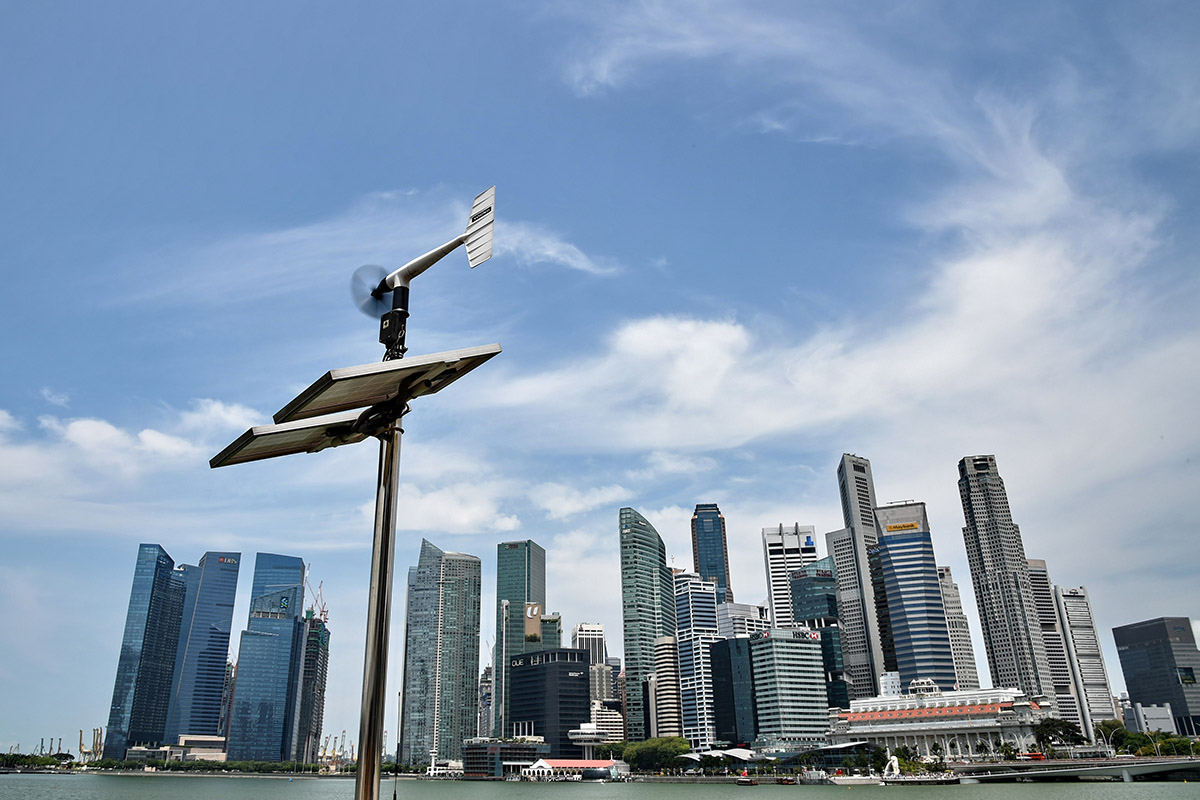Members of the Association of Southeast Asian Nations (ASEAN) are currently faced with a development dilemma. On the one hand, most of its economies are still developing and will need to sustain immense growth rates – upwards of five percent – in the long run to maintain their current pace of progress.
This points towards a spiralling increase in energy demand to undergird development in the region. Which leads to the second conundrum – given the environmental realities of the world today, ASEAN member states cannot be too dependent on fossil fuels, as the burgeoning economies of Europe and the United States were in the 20th century.
Along that vein, ASEAN members are doing their part – evidenced by their ratification of the Paris Agreement and the establishment of their own national targets to counteract climate change. These targets also include the increasing use of renewable energy within the economies of individual member states. At the regional level, national targets have been harmonised to reach the collective aim of 23 percent renewables within the total primary energy supply (TPES) by 2025.
Windows of opportunity
However, disparities in the level of renewable energy development between ASEAN member states are a cause for concern. Singapore and Lao PDR, are far more advanced in solar and hydropower respectively when compared to Brunei, for example. The unevenness of the playing field is therefore an opportunity for region-wide collaboration.
Likewise, ASEAN has frameworks set in place to facilitate regional energy cooperation but it needs to bolster its efforts. The benefits of such a cooperation are easily spelled out.
Firstly, it is cost-efficient. The logic dictates that if ASEAN member states are able to pool their resources together, then capital expenditure, fuel imports and other costs may be lowered. Besides that, there would need to be cross-border trade policy frameworks in place to facilitate the import and export of solar panels, wind installations and others. This would greatly reduce a developer’s cost and make renewable energy a cheaper option.
Moreover, regional cooperation will also mean project developers and investors are almost guaranteed a more streamlined process, making renewable energy projects more bankable and profitable – leading to an increase in investments at possibly lower interest rates thanks to the lower perceived risk. Taken as a whole, these factors will inevitably lead to a reduction in consumer electricity prices.

Secondly, it also greatly enhances regional energy security. A region-wide energy-sharing infrastructure will enable countries with lower electricity penetration like Myanmar and Cambodia to benefit from those with excess capacities in their systems. In the longer run, when these countries improve their own systems, it will contribute towards a more stable regional electricity grid. Leveraging on this grid stability, ASEAN member states would be able to smooth the shift towards renewable energy and faster alleviate dependence on fossil fuels.
Lastly, renewable energy cooperation will facilitate a transfer of knowledge and technology and this would help to further enhance the quality of grid-connected electricity as a whole. Leveraging on countries with more advanced renewable energy technology, ASEAN members can also ensure that their renewable energy mix remains diversified.
For example, Singapore and Malaysia are keen on expanding their solar industries but Thailand has emphasised bioenergy of late. In that way, by way of comparative advantage, countries can focus on a renewable energy industry that they excel in but still have a diverse energy mix thanks to region-wide energy cooperation.
Regional challenges to renewable energy
However, all this remains a pipe dream because of the intricacies that come with the ASEAN way of conduct. ASEAN members lack political will to move away from a national framework towards a regional one. Besides that, there is the fundamental issue of differing electricity markets in each member state, which may be difficult to harmonise at a regional level because of prevailing national energy agendas.
On top of that, ASEAN currently lacks a comprehensive infrastructure development framework, which hinders the development of transboundary transmission lines, which are vital for electricity trade. The Laos-Thailand-Malaysia-Singapore Power Integration Project (LTMS PIP), for example, is governed by separate bilateral agreements instead of an overarching one.
The issue of short-term funding also stands to curtail regional energy sharing plans. Of course, renewable energy is profitable in the long term but because short-term investor sentiments could threaten financial progress of projects, the risk involved may drive investors away.
Finally, there is also the problem of freeriding, where less developed countries may not want to be subject to the financial constraints incurred in developing such projects which would mean that the issue would fall onto the disgruntled laps of leaders in more developed ASEAN states.
Nevertheless, the prospect of comprehensive regional energy cooperation is not something that ASEAN cannot attain. ASEAN must prove that if it can dream of such possibilities, it can also put in the effort to see it through.
